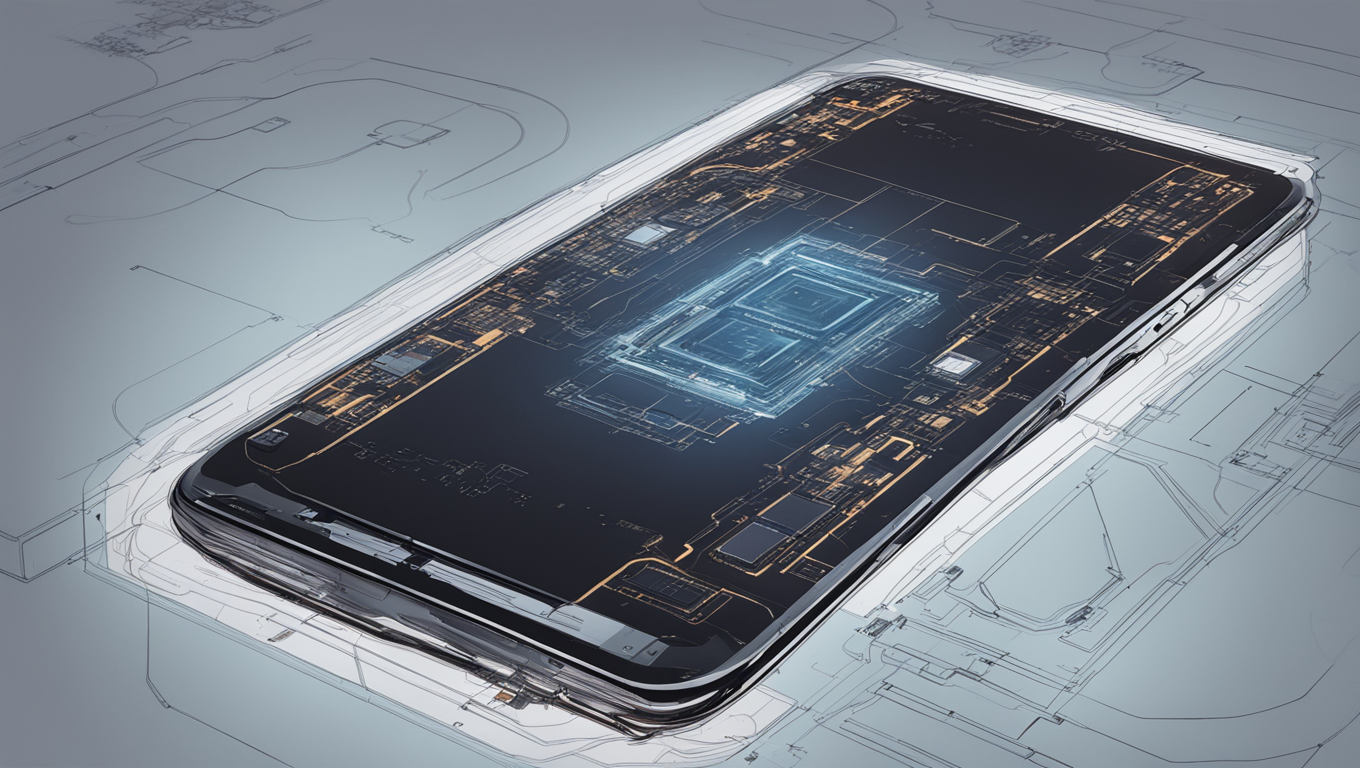Qualcomm’s annual conference this year took a more intimate approach, with CEO Cristiano Amon speaking closely with the audience. Amon emphasized the role of generative AI in Qualcomm’s innovations, especially in their Snapdragon processors. He explained how AI will transform the way we interact with our devices, making them more personalized and intuitive. Instead of opening multiple apps, AI built into smartphones will handle tasks smoothly and automatically. Amon envisions a future where our phones can handle tasks like checking our bank balance or paying bills simply through voice or text commands.
A key aspect of Qualcomm’s vision is bringing AI “on the edge,” meaning AI will work on-device even without an internet connection. This is a departure from the traditional reliance on cloud connectivity for generative AI. Qualcomm is working on developing the right chips to enable this technology. Amon predicts that in the next five years, AI smartphones will be commonplace, and Qualcomm aims to create processors that can handle complex computing tasks while still being small, cool, and long-lasting.
While Qualcomm’s processors are now used in various devices like computers and cars, the smartphone remains central to the company’s brand. Amon believes that smartphones are an inseparable part of our lives and sees a future where AI democratizes technology. Qualcomm’s partnerships with companies like Samsung and Dell further strengthen their position in the market. Amon acknowledges that being at the forefront of technology comes with risks, but believes in empowering customers with the power of Qualcomm’s technology.
Qualcomm’s Snapdragon processors are also making their way into cars, enhancing the driving experience through their Digital Cockpit. Car manufacturers can use generative AI and natural language understanding to create interactive user experiences and diagnostic capabilities. Owners can ask their cars for information or assistance, and the vehicles can even diagnose faults and schedule repairs.
To stay ahead in the generative AI space, Qualcomm focuses on packing powerful computing capabilities into small form factors without sacrificing battery life. Amon cites Microsoft’s Copilot Plus PCs, which are powered by Qualcomm chips, as an example of Qualcomm’s ability to push the boundaries of innovation.
In conclusion, Qualcomm’s vision for the future revolves around generative AI transforming our devices into more personalized and intuitive tools. By bringing AI “on the edge” and developing power-efficient processors, Qualcomm aims to create AI smartphones, computers, and cars that greatly enhance our daily lives. With their focus on innovation and customer empowerment, Qualcomm is poised to remain a leader in the field of AI technology.





Use the share button below if you liked it.